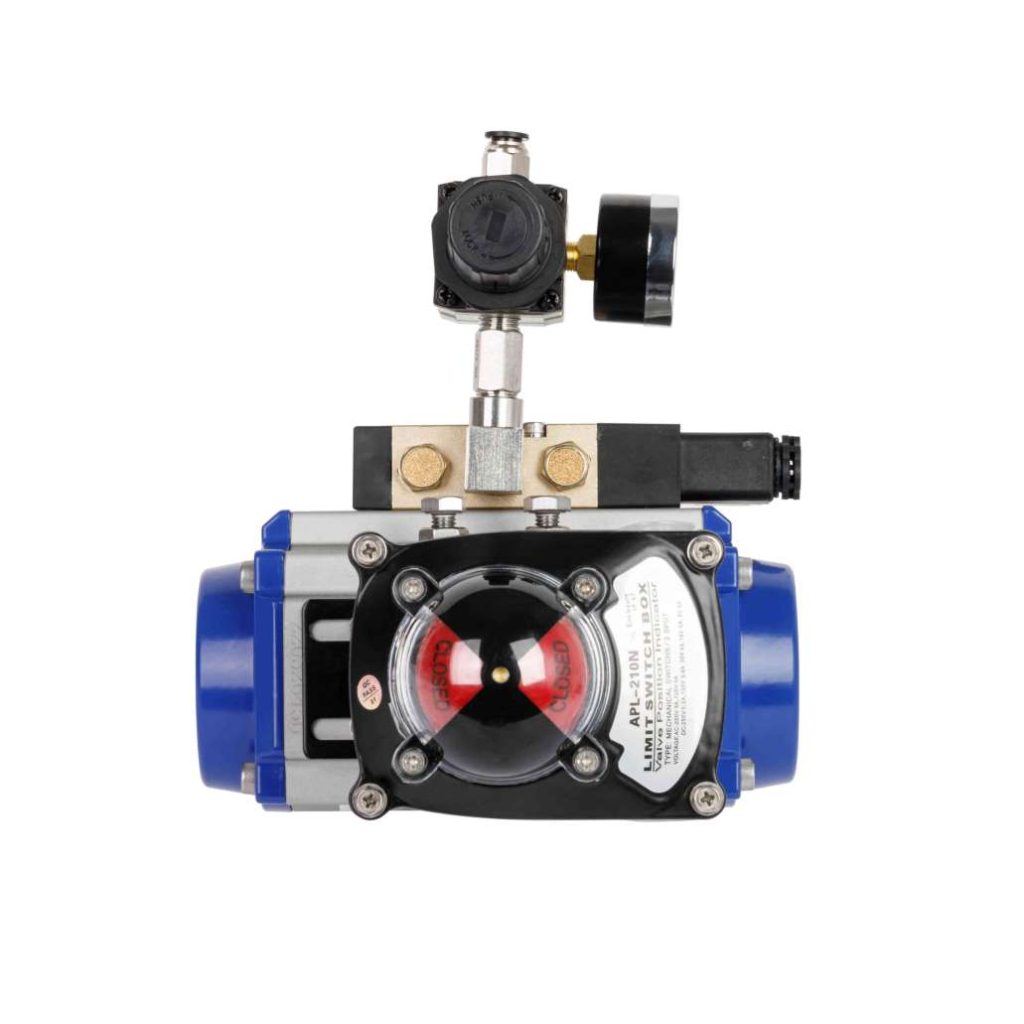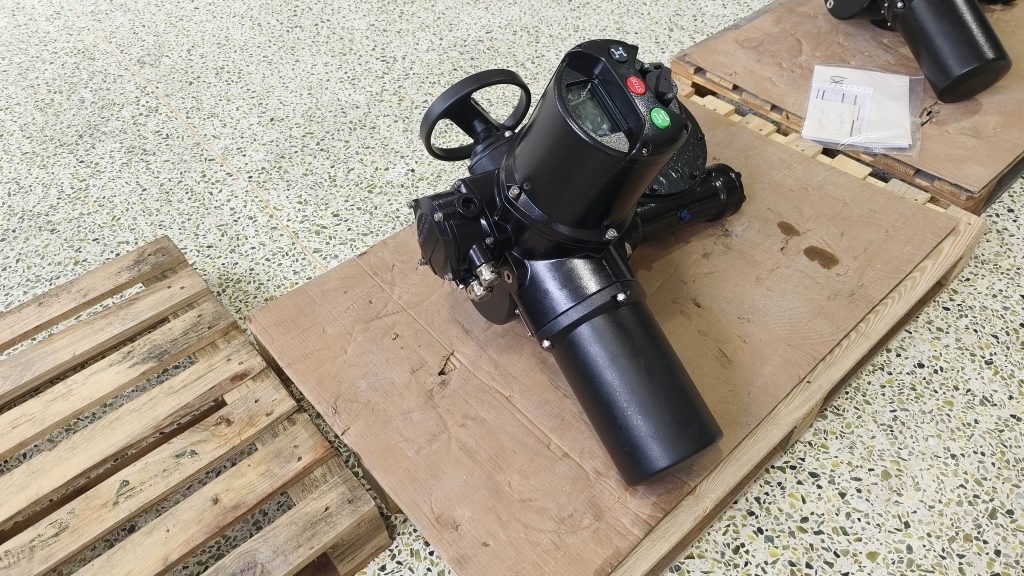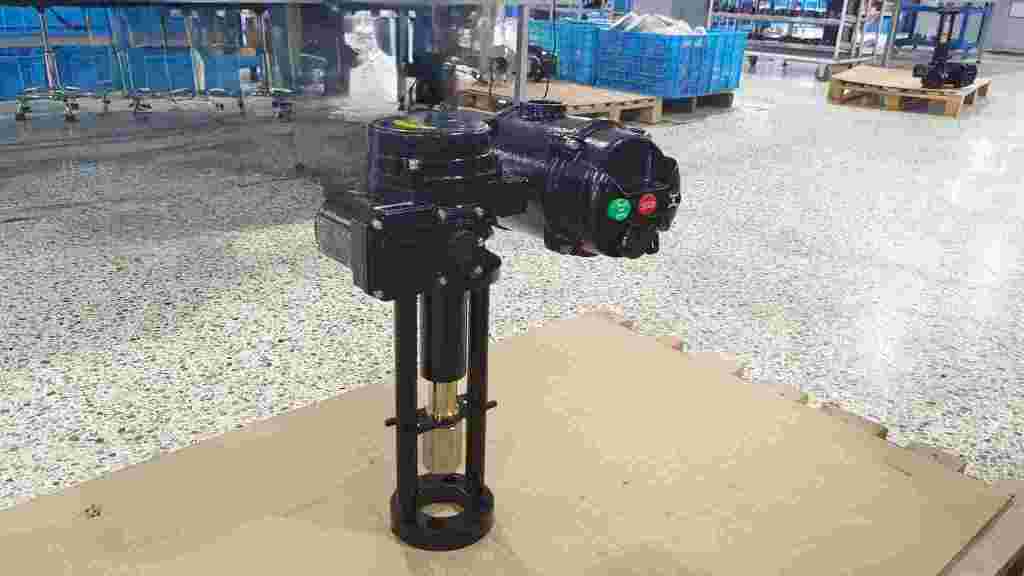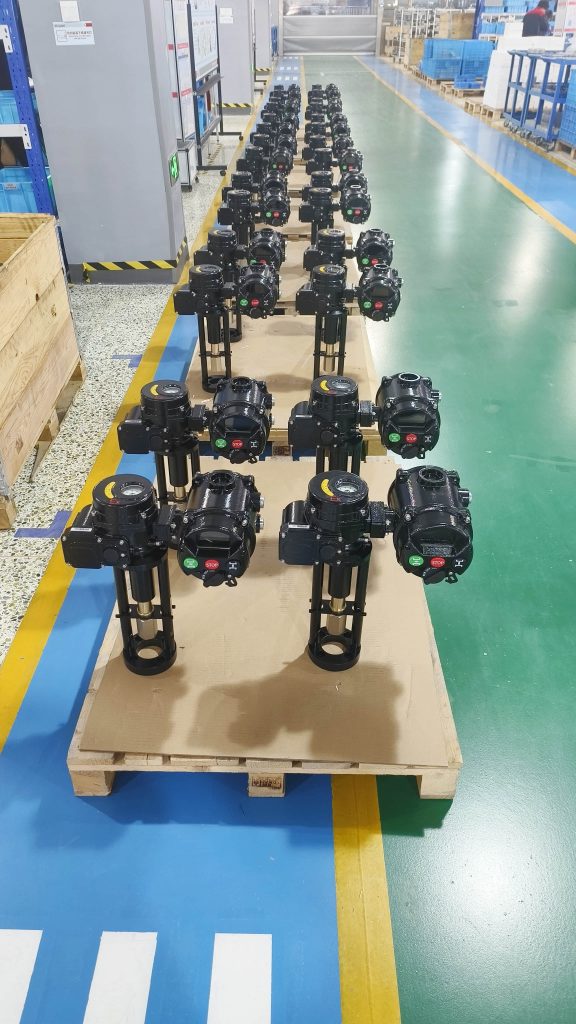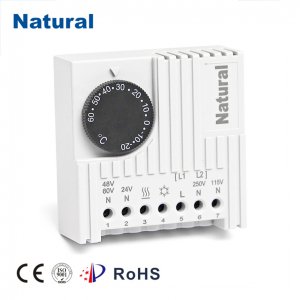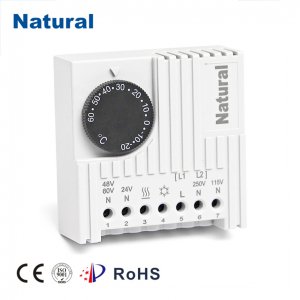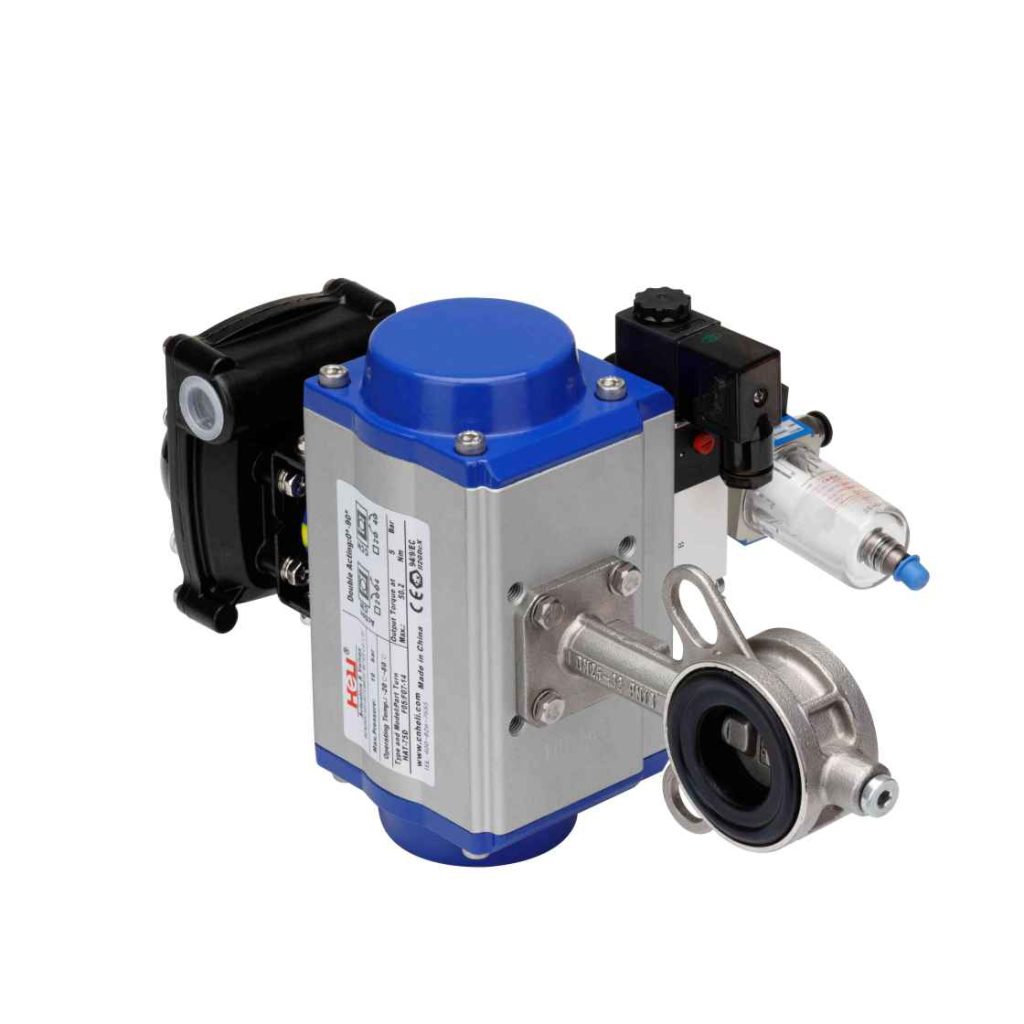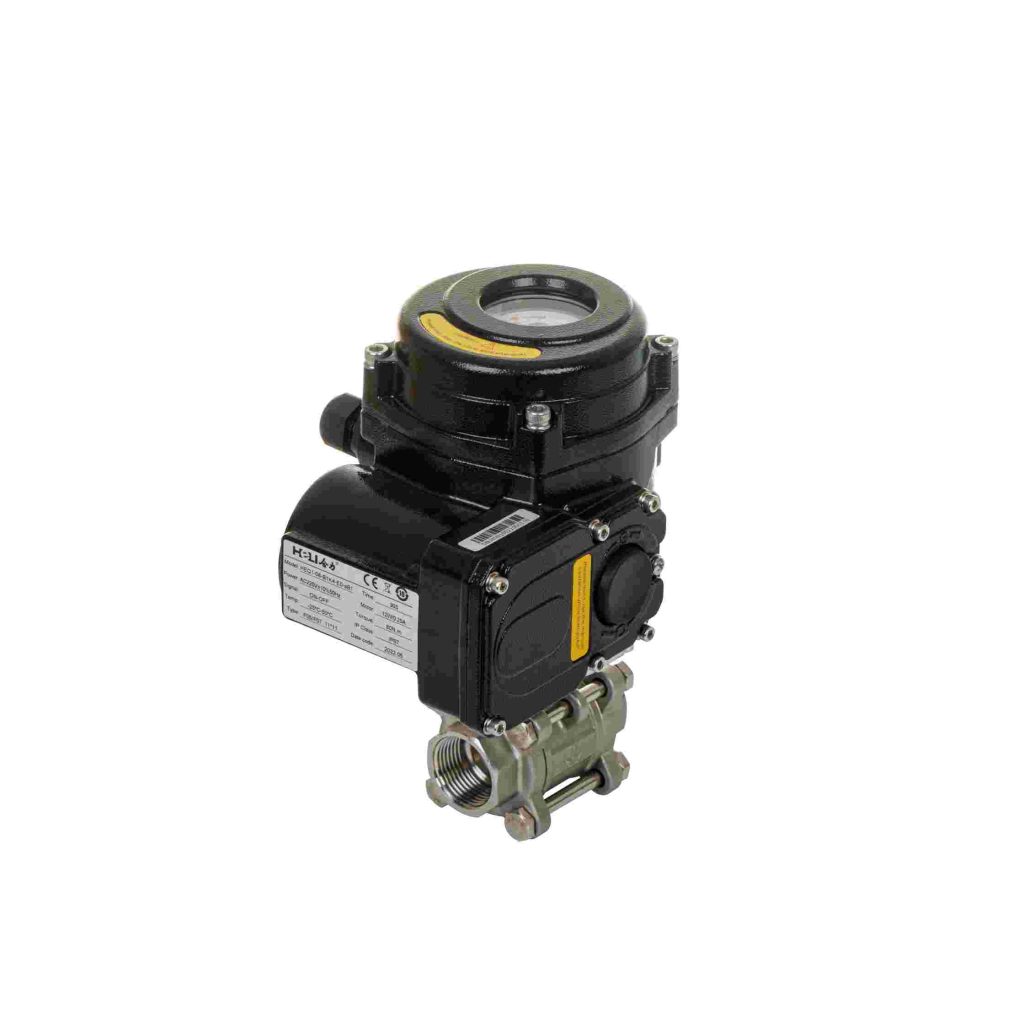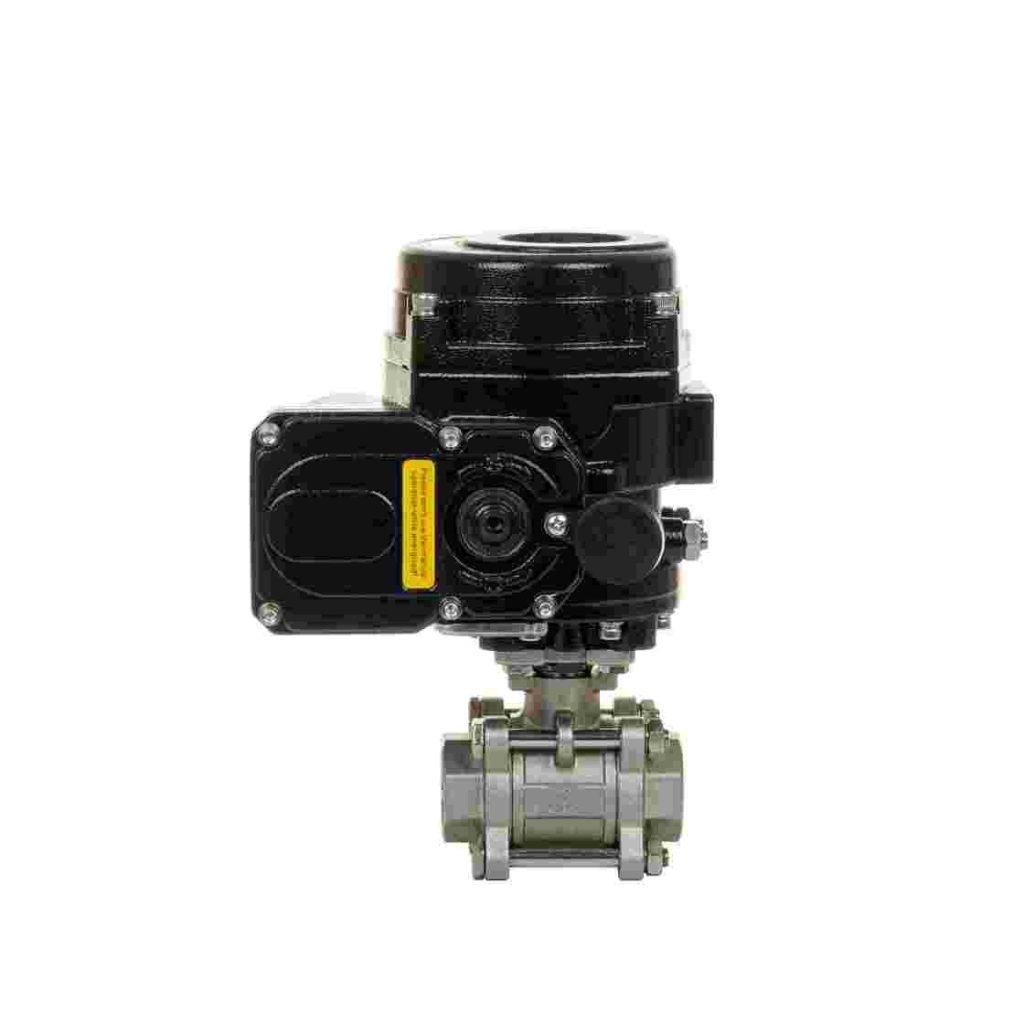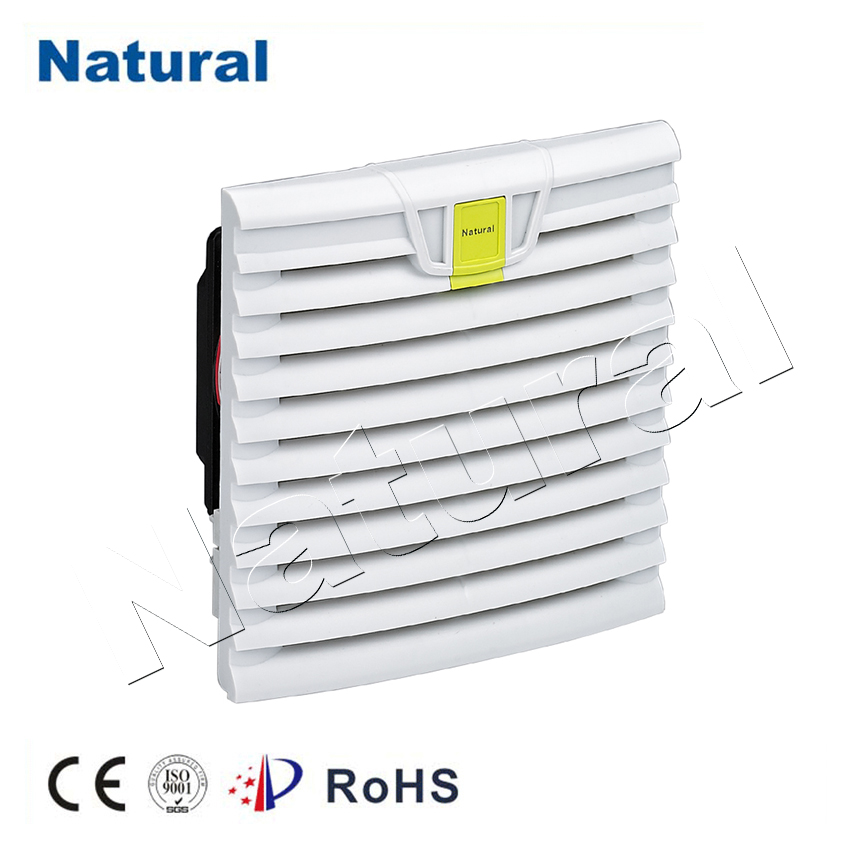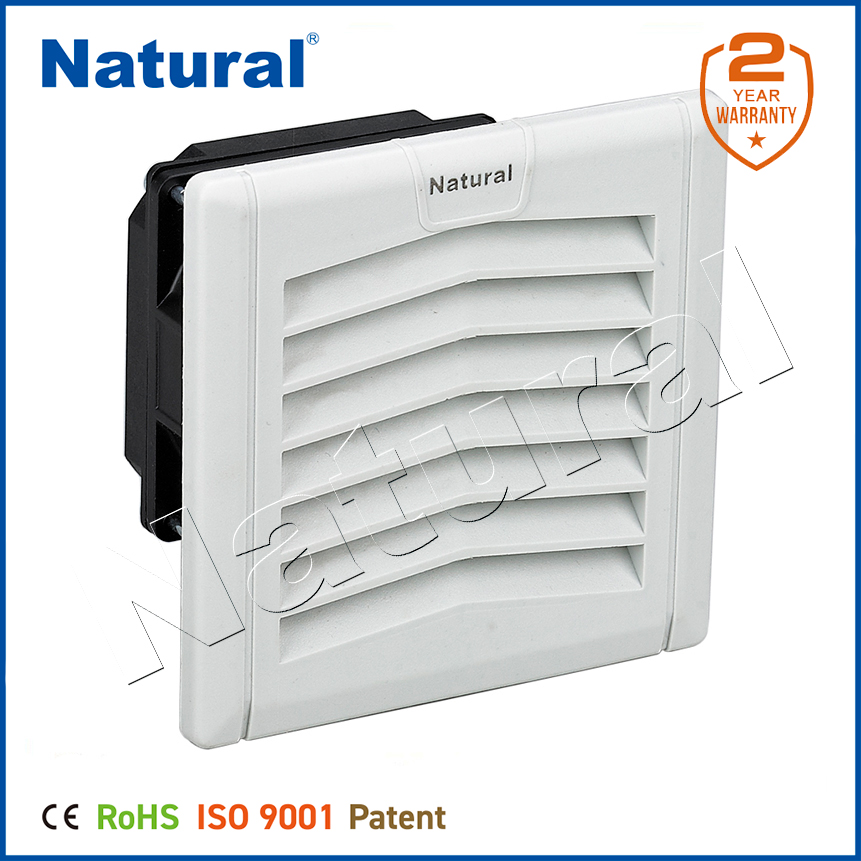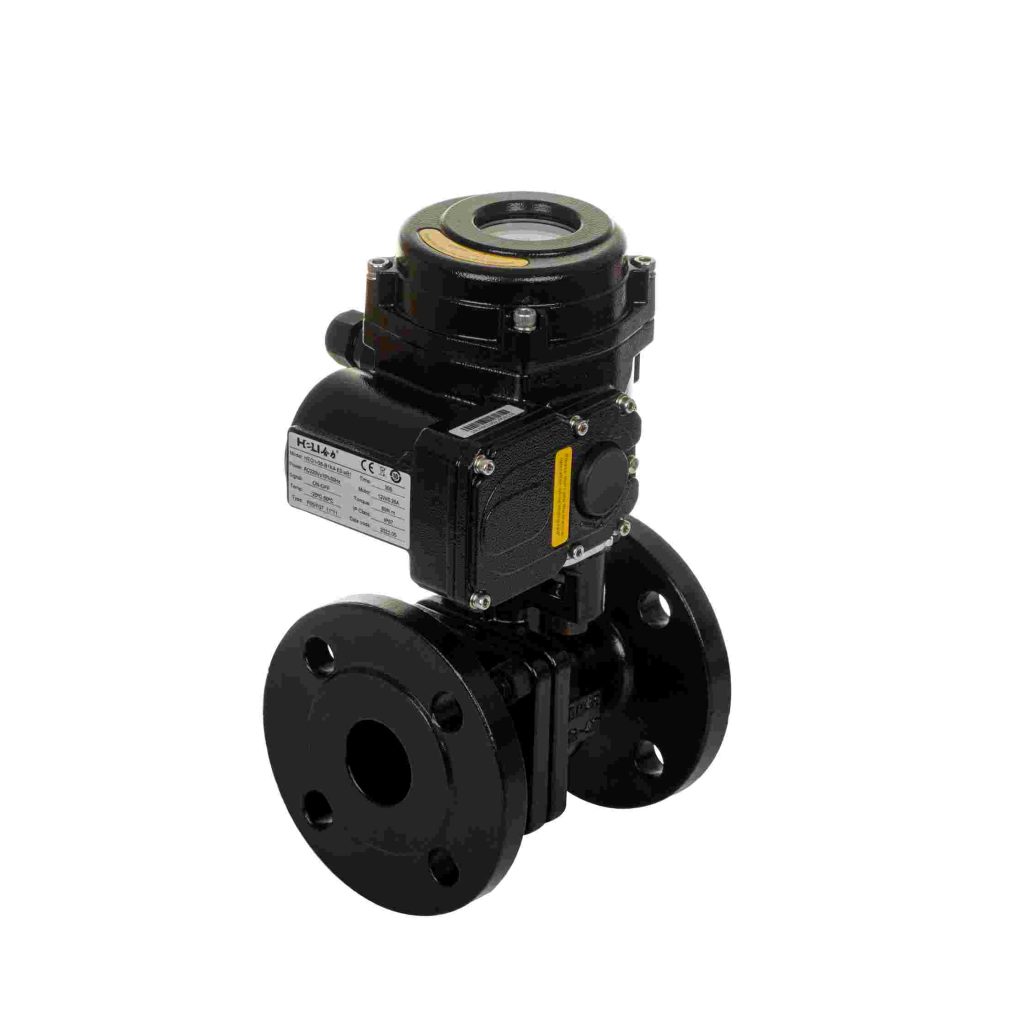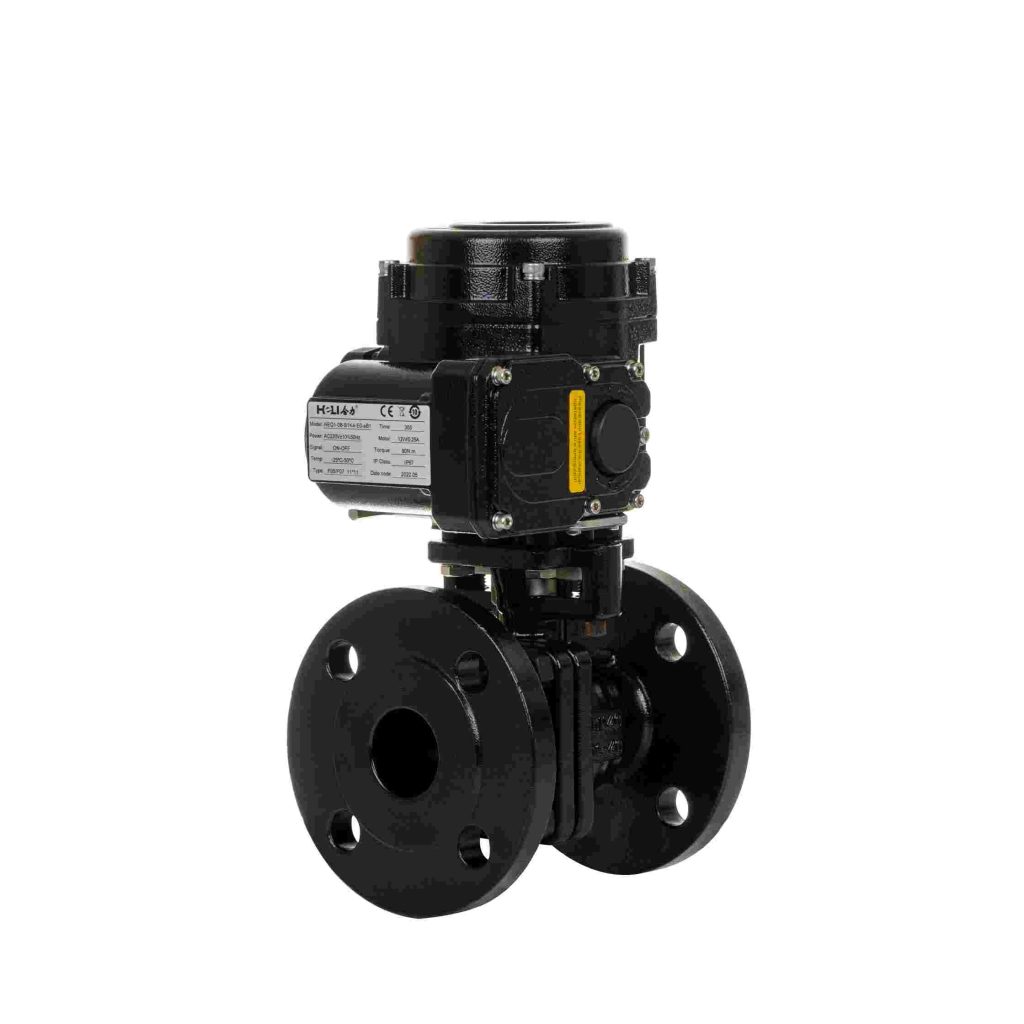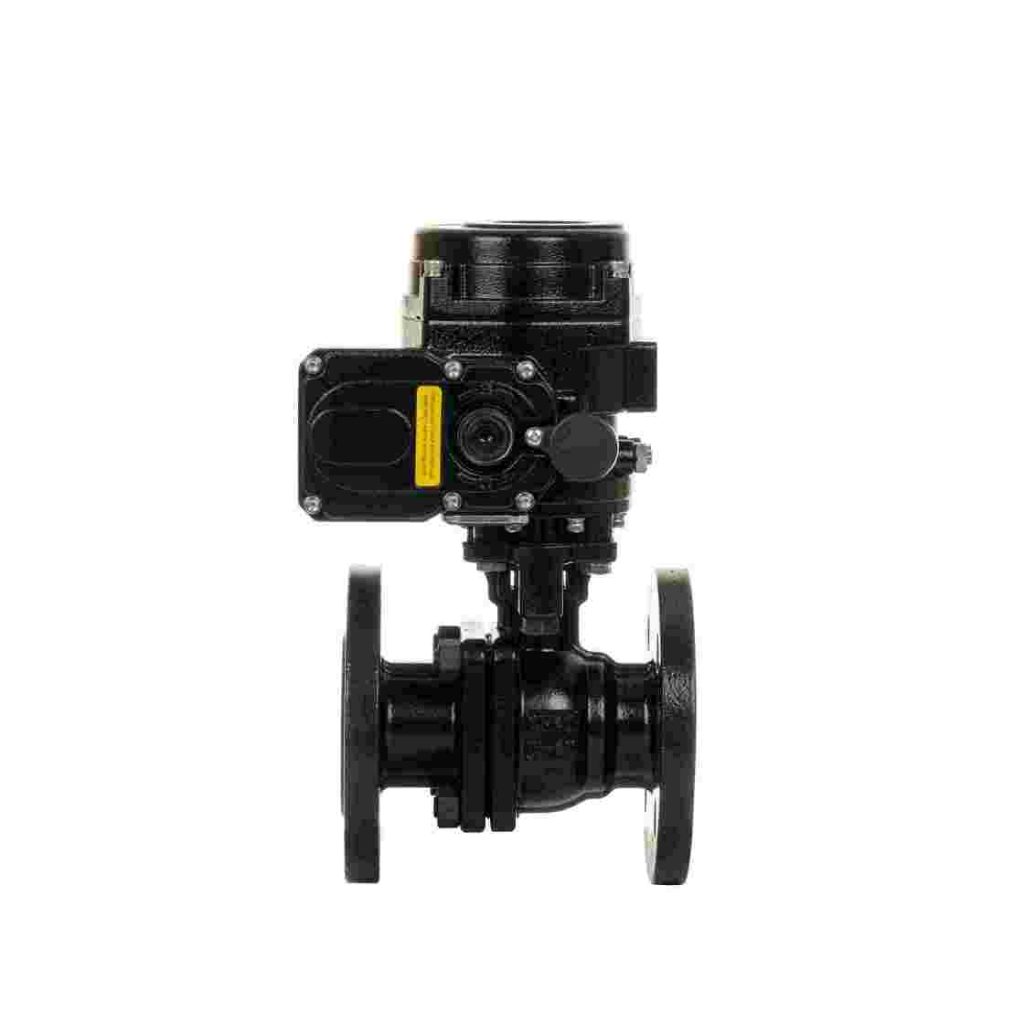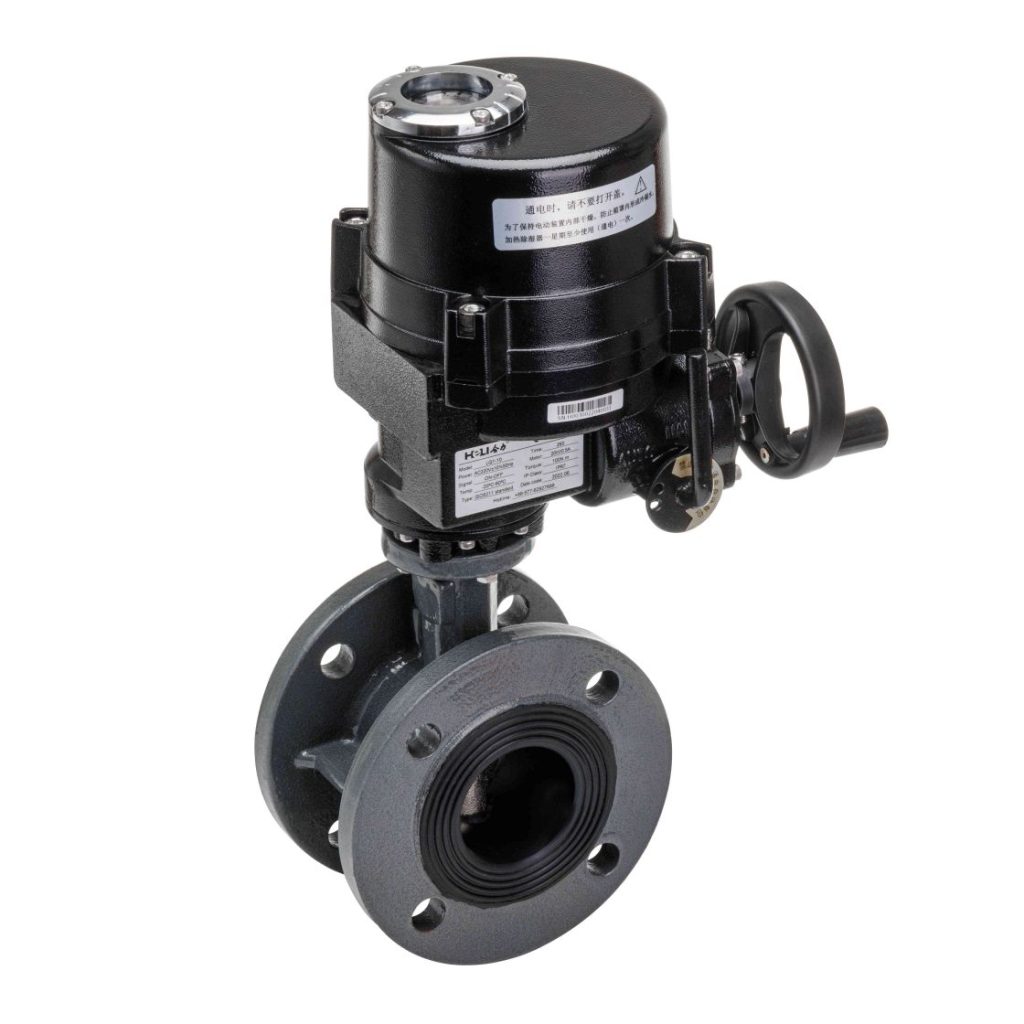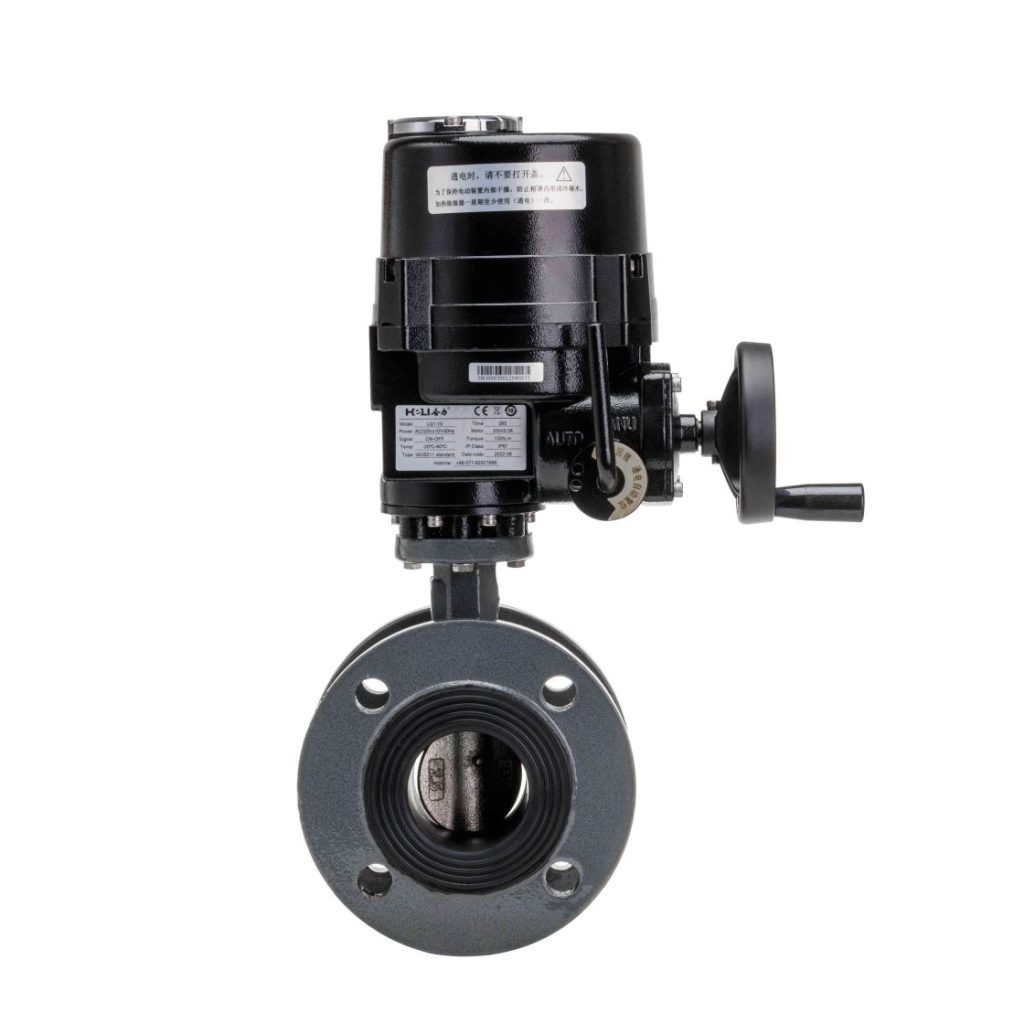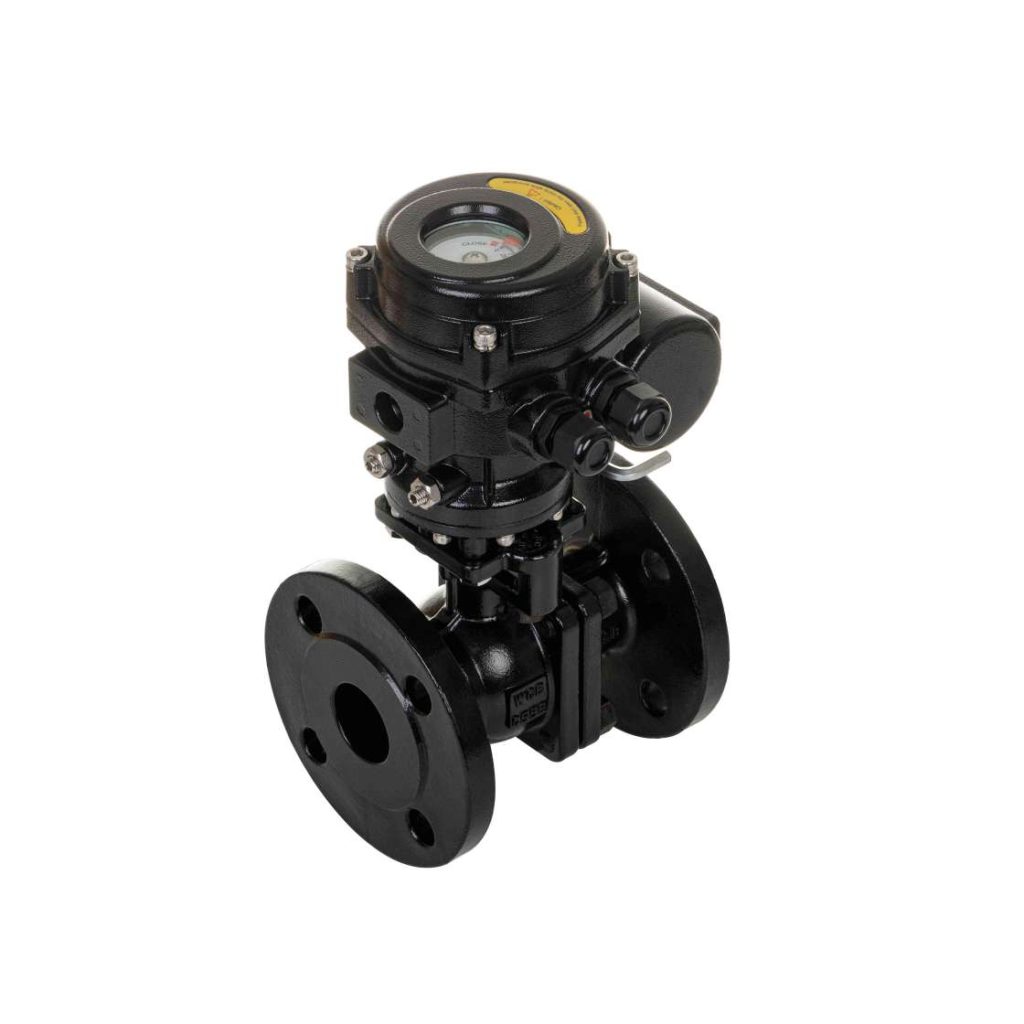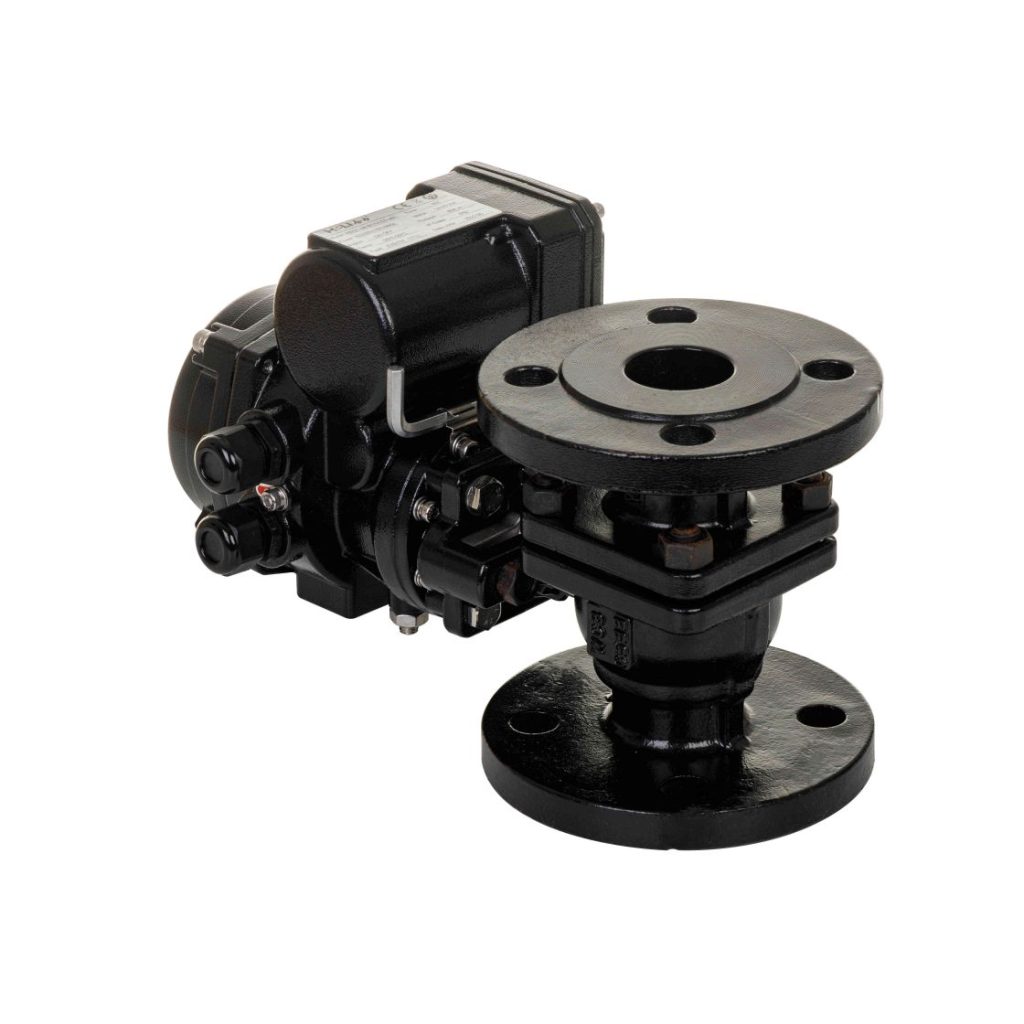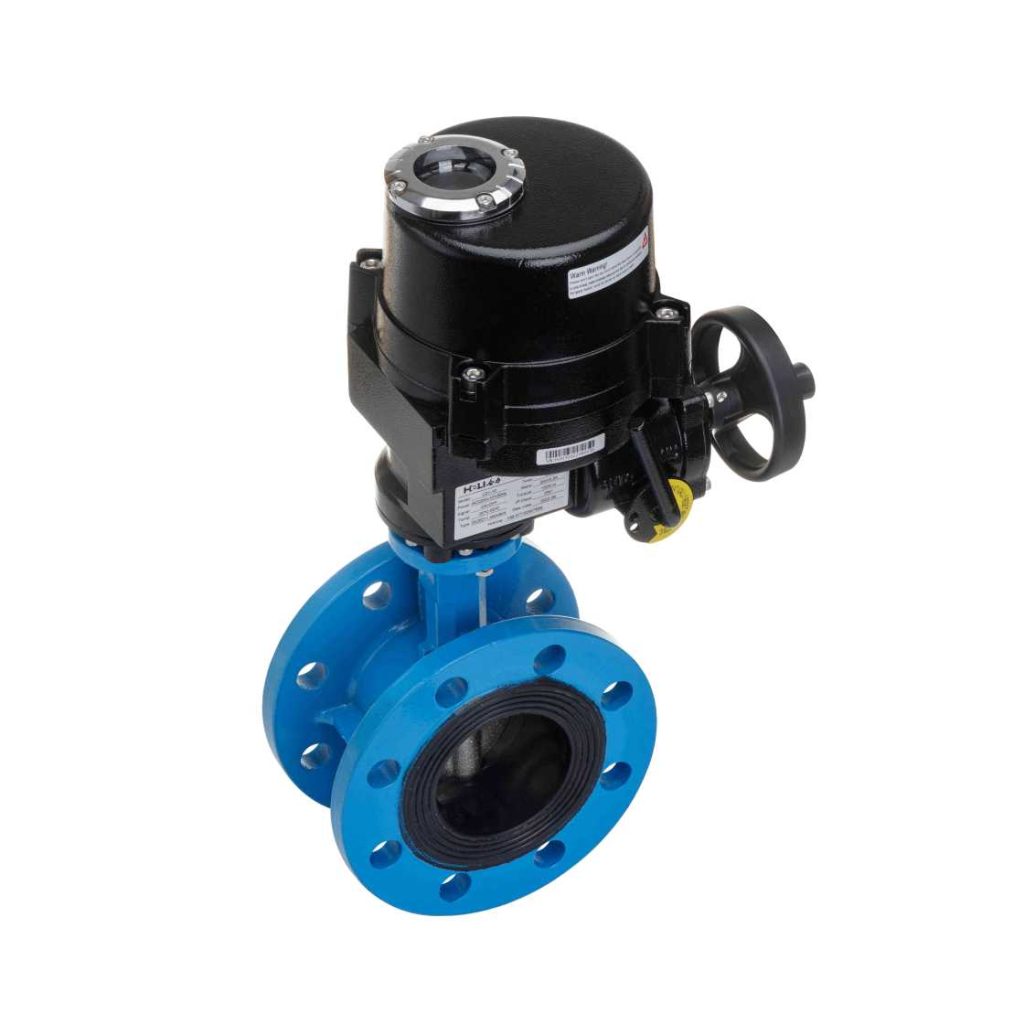In the ever-evolving landscape of industrial automation, pneumatic actuators play a pivotal role in ensuring efficiency, reliability, and precision. As the demand for automated systems continues to rise across various sectors, the importance of pneumatic actuator manufacturers has become increasingly prominent. This article delves into the significance of these manufacturers, the technology behind pneumatic actuators, and their applications in diverse industries.
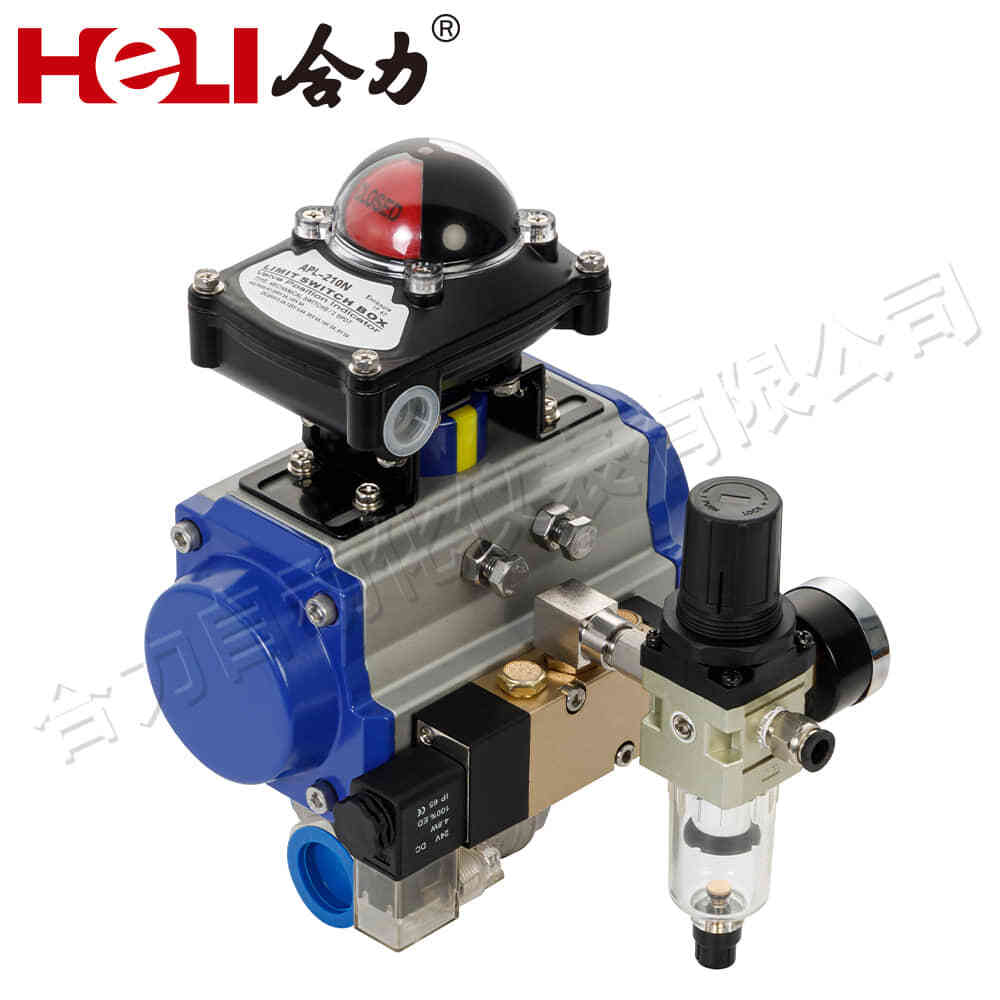
Understanding Pneumatic Actuators
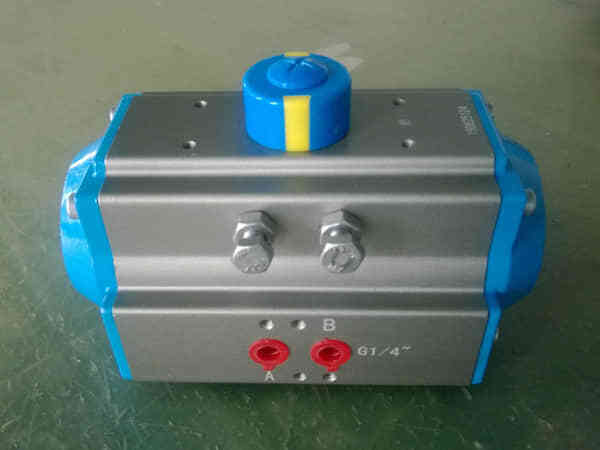
Pneumatic actuators are devices that convert compressed air into mechanical motion. They are essential components in automated systems, enabling machines to perform various tasks, such as opening and closing valves, moving machinery, and positioning components with precision. The operation of pneumatic actuators is based on the principles of fluid mechanics, where air pressure is used to create linear or rotary motion. Types of Pneumatic Actuators Pneumatic actuators can be categorized into several types, each designed for specific applications. The most common types include: Linear Actuators:These actuators create straight-line motion and are often used in applications such as valve control, conveyor systems, and robotic arms. They can be further divided into rod-style and diaphragm actuators.
